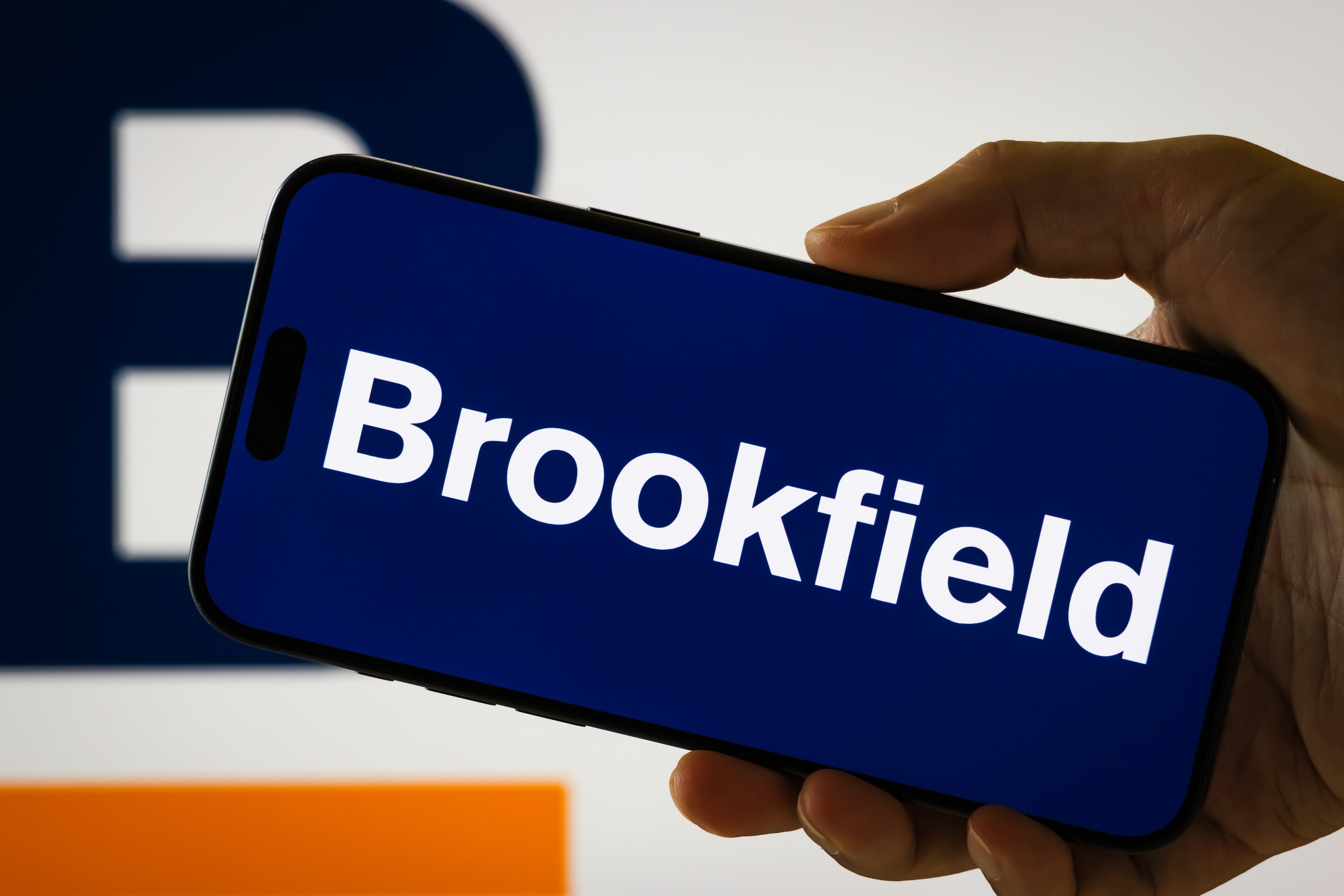There are hundreds of high-yield dividend stocks on the market. At least, that's the case if your definition of high dividend yield isn't too high. I personally set the threshold for high yield at 4%, although some prefer to use 5% or even higher.
My portfolio includes several high-yield dividend stocks. However, there are quite a few other stocks with yields of 4% or more that I like. Choosing the best of these stocks that I don't already own isn't an easy task. But if I could buy only one high-yield dividend stock, there are several reasons why Brookfield Infrastructure Partners (BIP +0.00%) would be it.

Image source: Getty Images.
A rock-solid business model
What attracts me most to Brookfield Infrastructure isn't actually its dividend. Instead, it's the company's rock-solid business model.
Like its name indicates, Brookfield Infrastructure is in the business of owning and managing infrastructure assets. The company focuses on long-term assets that generate steady cash flow and have moats in the form of barriers to entry. These characteristics also tend to cause the assets to appreciate in value over time -- a big plus.
Think of a type of infrastructure asset and there's a good chance that Brookfield Infrastructure owns it. Utilities? The company owns around 2,000 kilometers of regulated natural gas pipelines in Brazil, 2,200 kilometers of electricity transmission lines in North and South America, 6.6 million electricity and natural gas connections in the U.K. and Colombia, and a coal terminal in Australia.
Brookfield Infrastructure is big in other types of energy-related businesses as well. The company operates facilities with roughly 600 billion cubic feet of natural gas storage in the U.S. and Canada. It has 13 natural gas processing plants in Canada. Brookfield Infrastructure owns heating plants in 11 heavily populated North American cities. And those are just a few examples.
The company's transport business segment includes an Australian railroad; 4,800 kilometers of rail in South America; toll roads in Brazil, Chile, Peru, and India; and 37 ports in North America, the U.K., Australia, and across Europe. Brookfield Infrastructure has also jumped into data and telecommunications, with around 7,000 cell towers, 5,500 kilometers of fiber backbone in France, and 33 data centers that service organizations across five continents.
There are three things that stand out, in my view, about Brookfield Infrastructure's business. Most of its assets are cash cows. They all have very high barriers to entry. And they're spread pretty evenly throughout the world. Around 25% of the company's cash flow comes from North America, 30% from South America, 25% from Europe, and 20% from the Asia Pacific region. That's about as diversified as you can get from a geographic standpoint.
Check out the latest earnings call transcript for Brookfield Infrastructure Partners.
Plenty of growth opportunities
Another thing that I really like about Brookfield Infrastructure Partners is that it has multiple opportunities for growth. And the company is well positioned to take advantage of those opportunities.
Brookfield Infrastructure thinks that there is around $150 billion of energy infrastructure opportunities in the U.S. alone. Even more opportunities exist in other countries, including Australia, India, and Mexico.
The company's CEO, Sam Pollock, highlighted Brookfield Infrastructure's "capital recycling program" in his comments during the Q4 conference call last month. Basically, this program involves selling off low-return assets, then reinvesting the money into buying high-return assets. This helps the company avoid taking on too much debt or having to issue new shares to raise the capital needed to fund its expansion efforts.
Several factors should drive growth opportunities for years to come. Governments across the world haven't invested enough in infrastructure. As the condition of these infrastructure assets declines, there will be no other choice but to replace them. Overall global economic growth will increase the demand for infrastructure assets. Worldwide trends such as urbanization and growing middle classes in developing nations will also fuel additional infrastructure demand.
About that dividend
What about Brookfield Infrastructure's dividend? Technically, the company refers to what most companies would call a dividend as a "distribution" because it's organized as a limited partnership (LP). But whatever name you want to use, it's very good.
Brookfield Infrastructure's objective is to distribute around 65% of its funds from operations (FFO) to unitholders. Currently, that translates to a yield of 4.9%. The company is targeting annual distribution growth of between 5% and 9%. Since 2008, Brookfield Infrastructure's distributions have grown by a compound annual growth rate (CAGR) of 10%.
Simply put, Brookfield Infrastructure Partners is a high-yield dividend stock that has a dividend that is likely to keep growing nicely. The company's various businesses are largely insulated from intense competition. Brookfield Infrastructure also claims an enviable track record of success. If you're looking for a great high-yield stock to buy, my view is that this one could be it.






